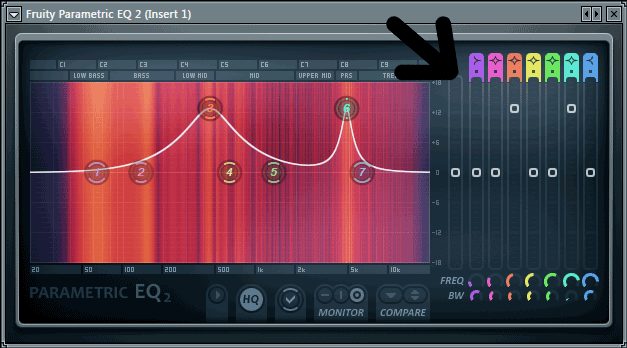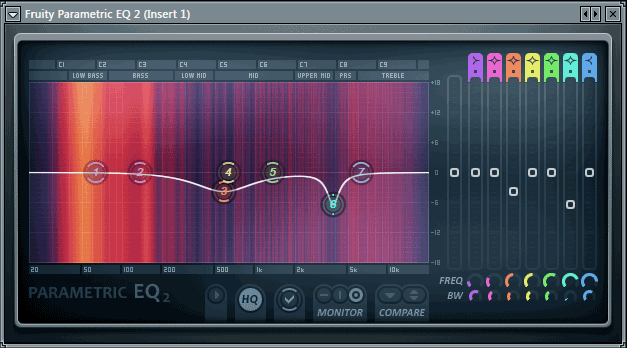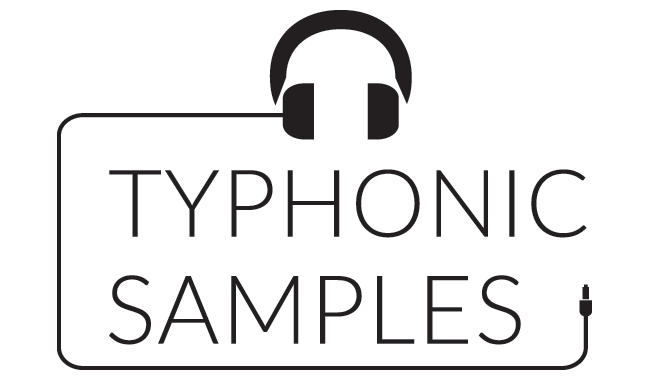Hi there and welcome to another episode of the Music Production Series. In the previous episode I explain the basic theory and principles of equalization – What is equalization? – check that episode out if you want to read up on that! A basic understanding of equalization or ‘equalizing’ is a must for learning how the actual equalization processes work, which we are going to indulge in this episode!
If you understand the principles of frequency and volume manipulation through equalization, we can get started!

Working around Pain-borders.
The first thing we are going to discuss is finding Pain-borders, which we are then going to minimize.
Note: Each equalizer works slightly differently, but the principles are the same. I suggest to look up tutorials for your specific equalizer to work all the question marks out!
As you can see in the picture above -> I’ve upped the level of a range of frequency with the ‘3 knob’ as well as the ‘6 knob’. These knobs are the knobs you will be using to affect the volumes of the ranges. Some equalizers have way more knobs to work with, some are a bit more basic like this one. A good thing to realize is that they have an order from left to right. I recommend to keep that order in place -> basicly meaning; don’t use one of the far right knobs for low frequency manipulation – vice versa.
Alright, the reason I’ve upped the volume levels of the 3 knob and the 6 knob is because we are going to work around Pain-borders. You can see a white line building up to both knobs. As you notice, the white line going up to the 3 knob is wider than the one going up to the 6 knob. Anything under the white line represents the volume of frequency coming through. This means that by upping the knobs, you up the volume of the frequencies, which are framed by the white line. These white lines can be manipulated to be wider or thinner. Each equalizer works differently – in this specific equalizer I manipulate positioning of the knobs and the wideness of the white lines with the section to the right of the equalizer view (see arrow). – This way of manipulation is something not completely universal for every equalizer so it won’t be worth detailing how to do this, so definitely look this up for your specific equalizer!
If you’ve upped the level of one of these knobs and have made the white line thinner, you can start scrolling the the knob slowly from left to right. This means you are gradually scanning your sound and you will find irritations that you might not have heard before, but are now very clear! Sometimes I make the frame of the white line really narrow (like knob 6) and sometimes wider (like knob 3). It all depends on your goal. Do you want to find a general area that you don’t want to have too dominantly in your sound? Or do you want to work around a specific irritation?
Now that you have found your pain-border/irritation, simply lower the position of the knob vertically to a point of preference! (See picture below for end result!)

Finding Sweet-spots.
Well, this one is going to be relatively easy! It is based on the same principle as working around Pain-borders. Finding a Sweet-spot means you are looking for an area of frequency you like. Again, you up the volume of a knob and slowly, horizontally scroll the knob from left to right, until you find a area of frequency you enjoy! And, again, the wideness of the white line – outlining the volume coming through – can be set to your preference.
Upping the level of the knob you are working with, can be done to the extent you want. Upping the level higher means more of that frequency range will come through volume-wise – this is based on preference and the properties of the specific sound you are manipulating!
Bare in mind: Upping the volume of a knob to work around Pain-borders and finding Sweet-spots will mean you will encounter a lot of annoying, irritating and painful frequencies. In this process, I strongly advice you to lower the volume of your speakers/headset a bit while equalizing. Because exposure to painful frequencies can mess with your hearing!
Stay tuned! Next episode we are going a bit further into equalization!

